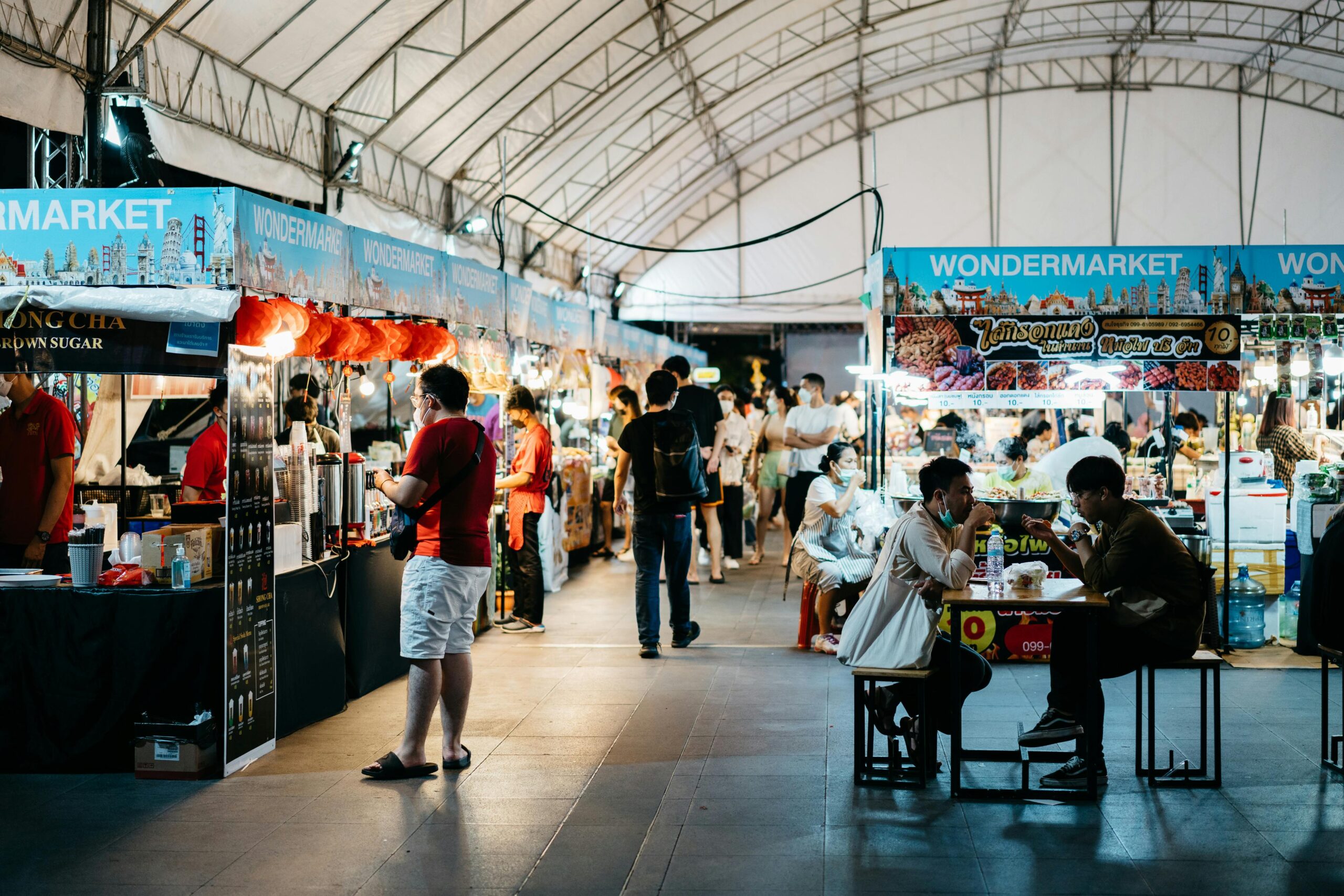
Sustainable Food Tourism: Curating an Identity
Sustainable Food Tourism: Why Does it Matter?
From street food adventures in bustling markets to exclusive dining experiences in hidden culinary gems, exploring the world through taste is important to the human experience. Food tourists see travel as discovering a culture or region through food methods, dining experiences, and local ingredients. Food tourism is a relevant tourism discipline, but sustainable food tourism is making its way into research due to the popularity of environmental awareness among upcoming generations2. The Slow Food Movement has also gained popularity and has contributed to sustainable tourism development 3. This pursuit for environmentally and culturally friendly experiences can look like wine tasting in Georgia, visiting the best artisanal bakeries in The Upper Tanaro Valley, or patronizing locally-owned restaurants and cafes in your next travel destination*. Food tourism is important not only to travelers but also to restaurants. Still, it can impact a region’s economic and cultural landscape by engaging with the local community and cementing a region’s identity that travelers can support.
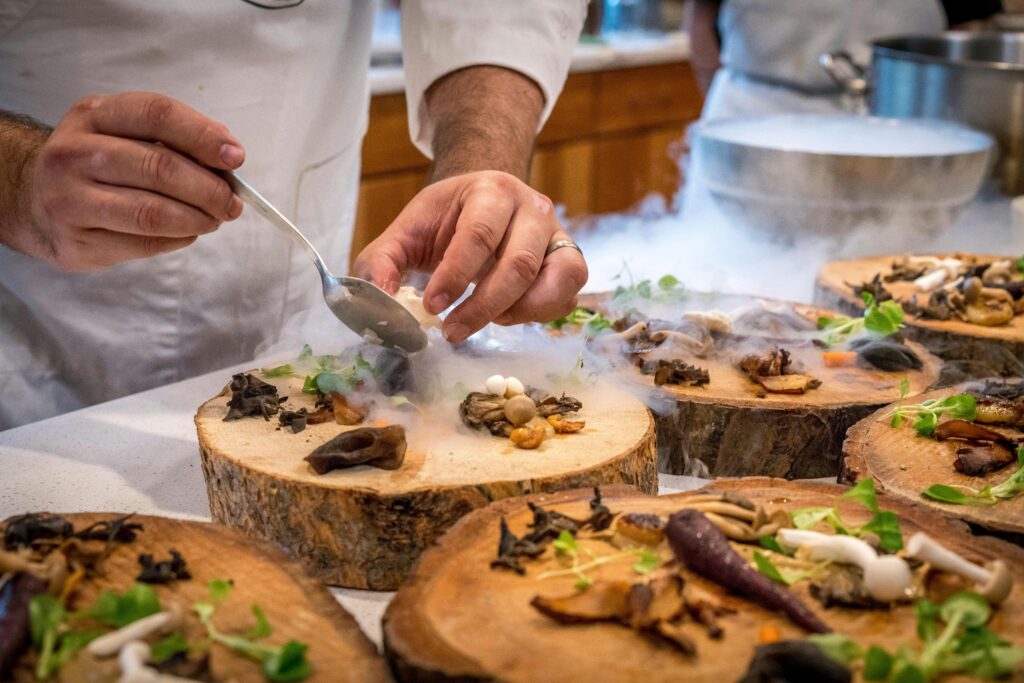
* When choosing a locally sustainable restaurant, look for certification marks such as Green Standards, BREEAM, ENERGY STAR, or FSC.
The Potential of Sustainable Food Tourism: Cornwall, South England
Cornwall is a peninsula far southwest of England, jutting into the Atlantic Ocean. This unique region is distinguished by its Celtic heritage, distinct from the rest of England, with a history and culture deeply rooted in its ancient past. Tourism is an essential topic within Cornwall, with the top 25% of jobs reliant on industry 4. The Cornish people are known for their pride and strong regional identity, evident in the local customs, traditions, and the vibrant arts scene. Cornish pasties, saffron buns, cornish yarg, and stargazy pie are some of the featured delicacies in their unique food culture.
Cornwall has faced obstacles on its way to becoming one of the top culinary tourism destinations. The English countryside struggled socially and economically after the 2001 foot and mouth epidemic, which caused the domestic tourism market to decline by £2 billion. After the region centralized sustainable food and agricultural practices, the region saw great benefits.
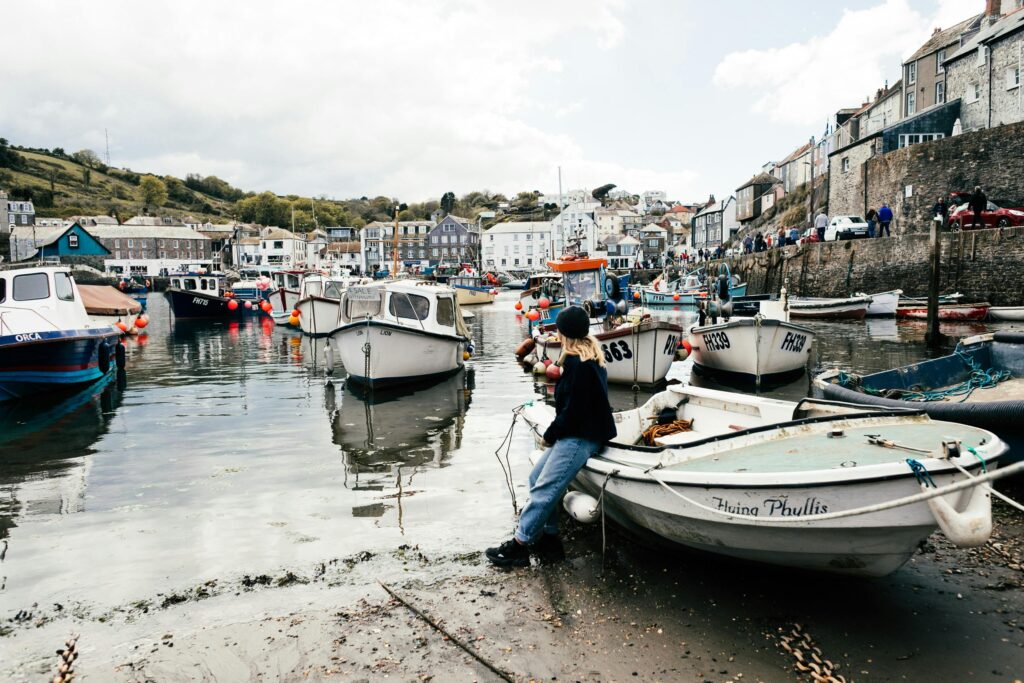
Investing in Food Culture
Before the boom in sustainable food movements, food tourism was underestimated as simply a trip motivator and an economic part of the traveler experience instead of an integral part of a destination’s culture and lifestyle. Cornwall started to create specialty food groups such as ‘A Taste of the West’, now one of the UK’s largest independent regional food groups. New engagements started to give the South a foundational identity as regional differences were celebrated and a mantra of quality over quantity spread. After sustainable tourism efforts gained traction, restaurant owners noticed a positive change. There were social and cultural benefits like diverse seafood at the oyster festival. The success of sustainable food also helps to sustain cultural and familial heritage. Skills like meat hanging, fishing, and maintaining small family farms were now economically supported, keeping the family farm and traditions alive.
Culinary Food Tourism: Food as an Art
As food writer Craig Claiborne would say, life is too short for mediocre food. Enhancing a community’s engagement with food tourism and curating unique experiences and recipes that stand out can engage tourists. As destinations like Italy attract food tourists to find the best quality pasta, countries in the global south can also utilize their unique methods and ingredients with a focus on quality and cultural engagement. Like birdwatchers, snowboarders, and mountain climbers, food tourists create community and raise the standards for food travel and dining experiences. Netflix’s cable show Chef’s Table showcases the highest levels of these culinary interests, bringing the community to the love of gourmet food, often sourced from specific parts of the world.
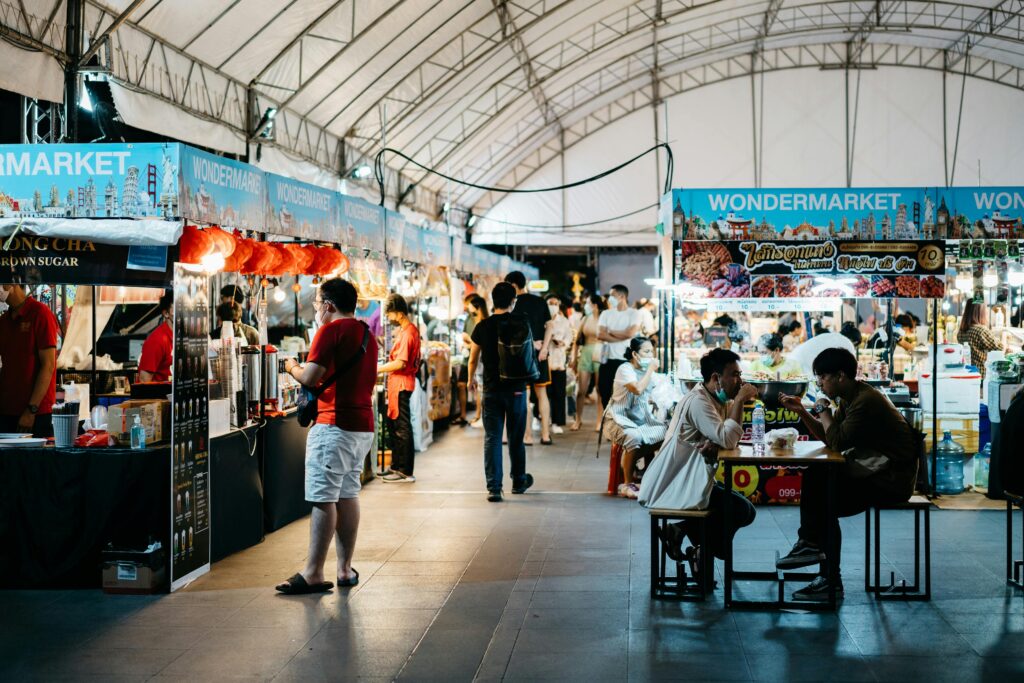
The Top Chef Effect
Food television can be a form of destination promotion through markets of food tourists in search of region-specific ingredients and produce. The American television show Top Chef is hosted in different areas, exposing audiences to global food perspectives, cooking methods, and cultural traditions. Top Chef has cultivated a “Top Chef Effect” due to its large effect on food tourism, making it a public relations success for tourism in each region the show has hosted 6. Fisheries in Mexico’s Upper Gulf of California benefited from this market recognition as world-renowned chefs, praising the area for the best seafood. Culinary tourism is expected to increase by USD 126.28 billion between 2022 and 2027.

Social Media: A Generation of Authenticity
Popular culture and the newest social media generation are searching for authenticity, which is consistently evident in how they approach food and travel. Acting as the antithesis of previous generations of perfectly curated and minimalistic environments, the newest social media generation is dedicated to “de-center the physical self” 9. This means social media is now filled with fewer selfies and more photos of authentic experiences, like food not available to friends back home or a candid photo of local people on the street. Social media is shaping how people show and choose what to eat. 75% of Instagram users choose a restaurant solely based on social media photos, and 60% regularly scroll through food photos on social media,

Reviews are Essential
Travelers in an area not familiar to them no longer rely on the business’s storefronts but on real recommendations from other travelers. Online reviews are also important, with apps like Yelp having a major impact on a business’s success, 92% of consumers state that they are less likely to do business with a company if they have seen negative reviews 11. Understanding a restaurant’s social media presence and the impact of personal reviews can change destination marketing strategies, with a larger focus on aesthetic experiences that stand out online rather than location alone. Rather than picture-perfect dining experiences, travelers look to share unique experiences.
How to use Sustainable Food Tourism
Restaurants, marketing strategists, or tourism operators looking for ways to utilize sustainable food tourism should strive to offer genuine experiences that reflect the local culture and culinary identity. This can be achieved by employing local staff to connect to local farms or fisheries and showcase these choices to customers. Countries with geographical diversity, like Cornwall, focus their efforts on their food culture, creating their strong, unique identity. Similarly, Indonesia is represented by major islands and has a distinct food culture. The region has been shaped by natural conditions, history, and cultural influences, offering various flavors and dishes 13. Traditional Indonesian meals typically involve dishes served collectively on a table with rice as the staple, accompanied by savory options and condiments. Inviting travelers to participate in communal cooking and eating can transcend an average restaurant experience.
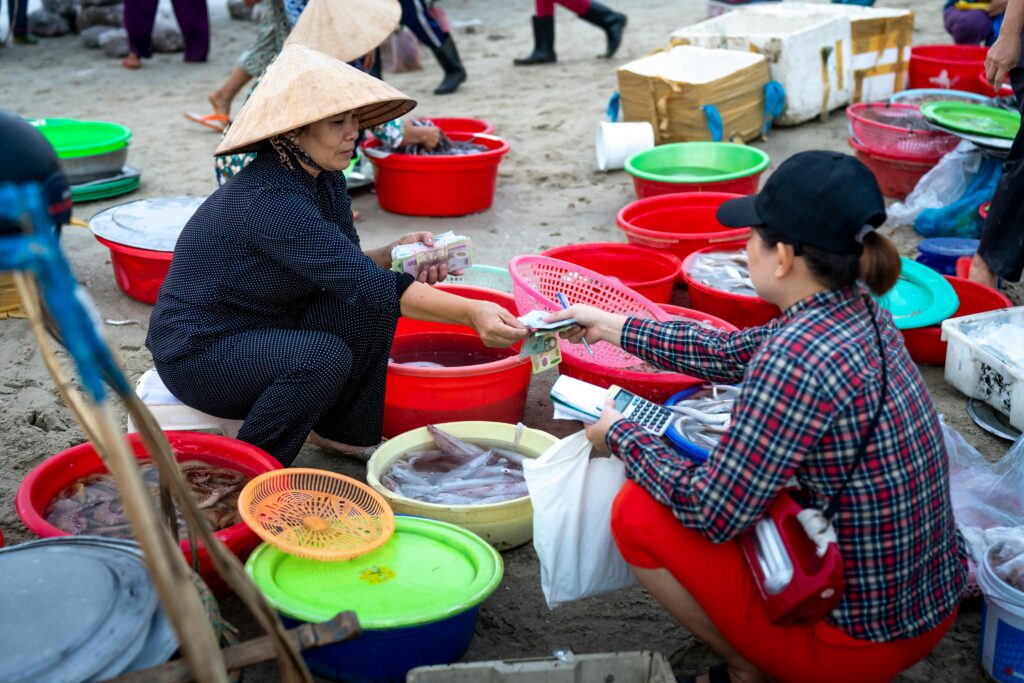
Showcase your Sustainable Menu
Quality over quantity as a foundational value can be a main attraction to those seeking authentic, culinary, popular, or health-driven experiences. Restaurateurs should highlight local food, promote traditional methods, or showcase cultural objects12. The overall dining experience of the restaurant is important, as it has been shown to help formulate the destination identity, build reputation, and create visitor loyalty12. Sustainable food tourism is not a passing trend; it’s a transformative movement that can redefine the role of restaurants in the tourism industry. By adopting sustainable practices, celebrating local culture, and engaging with both tourists and the community, restaurants can create a delicious dining experience while being sustainable. As the world becomes more conscious of the impact of travel and dining, restaurants that embrace sustainability will thrive and become cherished parts of the global food tourism narrative.
Tags: #adventurousappetite, #culinaryexplorer, #culinarytravel, #culturaldining, #culturalimmersion, #eatingyourwayaroundtheworld, #eatlikelocal, #foodadventures, #fooddiscovery, #foodphotography, #foodtourism, #gastronomictourism, #globalgastronomy, #internationalflavors, #offbeatfoodie, #solimarinternational, #supportlocal, #traveldeeper, #travelgram, #uniqueeats, #worldeats, sustainable tourism
